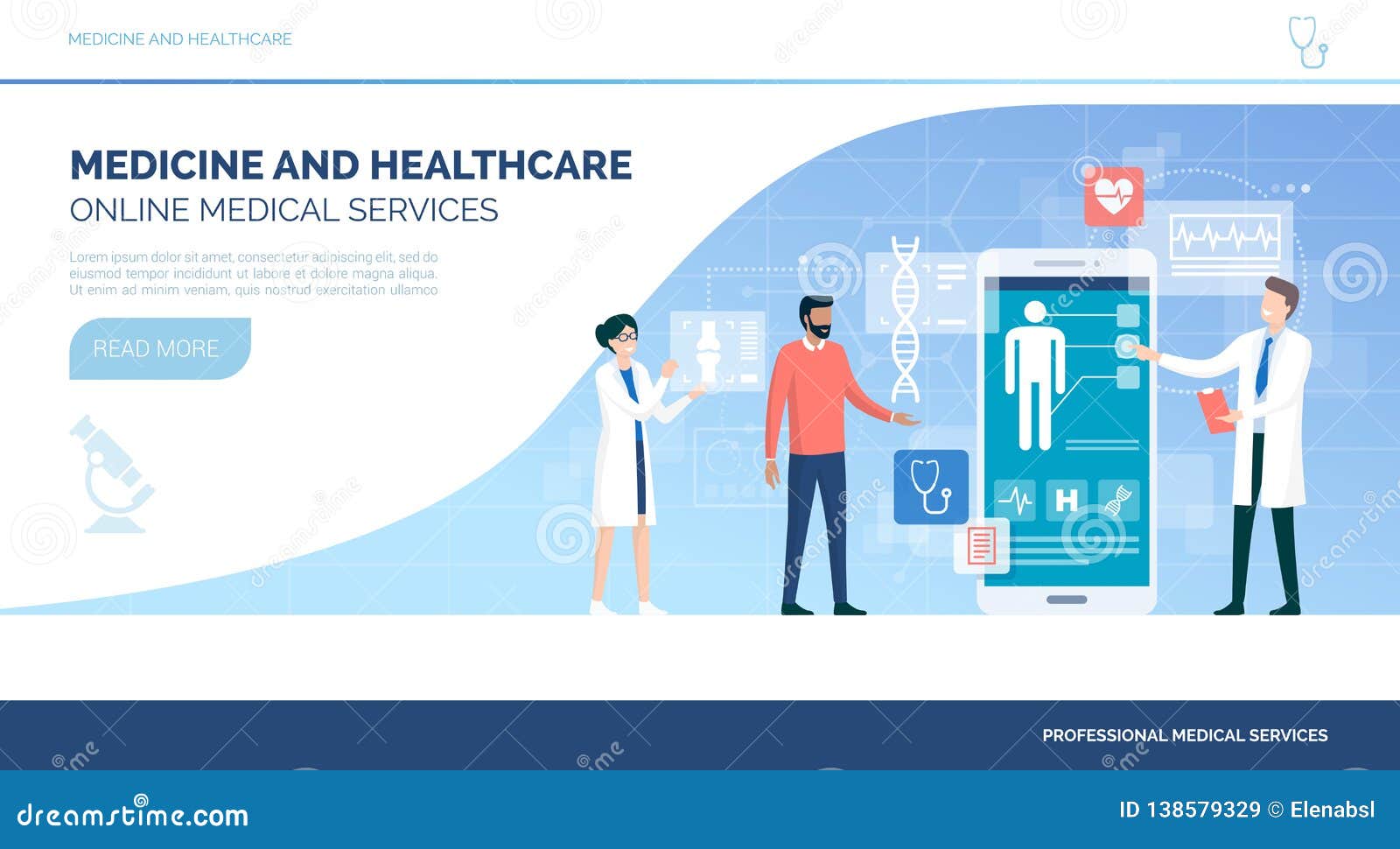The Influence of Subscription Based Healthcare on Standard Medical Practices
Wiki Article
The Increase of Subscription-Based Health Care and Its Influence On Patient Care
As medical care advances, the subscription-based model is getting traction, assuring to revolutionize person treatment by providing predictability and availability. These designs, which bypass standard insurance coverage, could redefine the patient-doctor dynamic, stressing preventive and individualized treatment. As with any kind of advancement, they offer obstacles, especially worrying equitable gain access to for all socioeconomic teams. The potential for these versions to improve healthcare delivery elevates pressing concerns about their long-lasting sustainability and inclusivity. Are these membership solutions the future of health care, or do they run the risk of leaving prone populations behind? The details of this shift warrant a better assessment.Comprehending Membership Healthcare Models
Comprehending the principle of membership medical care versions involves taking a look at a transformative approach to medical solutions that highlights cost and ease of access. These models, frequently described as straight medical care (DPC) or attendant medicine, have emerged as ingenious options to traditional fee-for-service medical care systems. Registration healthcare allows patients to pay a fixed monthly or annual cost for a defined collection of clinical solutions, which may consist of unlimited workplace check outs, regular check-ups, and basic lab tests, without the demand for typical insurance coverage invoicing.The framework of registration healthcare versions is developed to improve person treatment by eliminating third-party payers and intricate invoicing codes, therefore decreasing administrative concerns. Healthcare providers can focus a lot more on individual treatment, cultivating stronger patient-provider partnerships. This design additionally advertises preventative treatment by encouraging regular check outs, as the economic challenge of per-visit fees is eliminated.
The registration model often encourages doctor to take care of smaller individual panels, enabling even more tailored treatment. It straightens economic incentives with patient health and wellness results, as service providers are motivated to preserve individual satisfaction and well-being. Generally, understanding membership healthcare versions needs acknowledging their potential to improve exactly how care is provided and accessed.
Benefits for Clients and Service Providers

With a stable income stream, healthcare specialists can commit even more time to each client, leading to a much more customized and extensive treatment experience. The emphasis on preventative care within membership plans can lead to much better patient end results and lowered long-term healthcare prices.
Issues and obstacles
While subscription-based health care versions present various advantages, they additionally come with a set of difficulties and problems that need to be addressed. This raises ethical questions concerning fair accessibility to medical care solutions.Financial sustainability of subscription-based designs is an additional issue. Service providers need to stabilize the set income from subscriptions with the variable prices of healthcare services, which might vary because of unpredicted clinical needs. This can develop pressure to restrict services or increase costs, potentially impacting client satisfaction and care high quality.
Furthermore, regulative oversight of subscription-based medical care models is still evolving. The absence of standardized structures can cause irregular solution top quality and responsibility, complicating efforts to guarantee individual protection. Finally, the combination of modern technology-- usually a cornerstone of these designs-- questions concerning data privacy and protection, as sensitive person information might be vulnerable to breaches. Resolving these obstacles is essential for the equitable and successful application of subscription-based medical care.
Effect on Patient-Doctor Relationships
One significant effect of subscription-based health care versions on patient-doctor relationships is the possibility for improved connection and individualized care. By adopting a membership design, physicians can handle a smaller sized individual panel, enabling even more specialized time with each individual. This increased availability fosters a deeper understanding of a person's case history, way of life, and choices, enabling extra tailored therapy plans and treatments.
However, it is essential to find here acknowledge that while subscription-based designs might benefit those that can manage them, they could accidentally expand medical care variations. Patients that are unable to get involved in these models might experience decreased accessibility to customized care, possibly influencing their relationships with doctor. Therefore, while the subscription version offers encouraging advantages for patient-doctor connections, it likewise presents difficulties that need to be dealt with to guarantee equitable health care gain access to.
Future of Medical Care Gain Access To

The duty of technology can not be neglected in this makeover. Telemedicine systems and digital wellness documents facilitate smooth communication in between patients and healthcare service providers, breaking down geographical and logistical obstacles. In addition, advancements in artificial knowledge and information analytics can further personalize clinical care by forecasting client needs and enhancing therapy strategies.
Nonetheless, the future of medical care gain access to likewise offers obstacles, such as making certain equity throughout various socio-economic teams. Policymakers and health care carriers have to collaborate to link the digital divide, guaranteeing that subscription-based versions remain budget friendly and inclusive. As these systems mature, they hold the promise of making healthcare a lot more easily accessible, effective, and patient-centric.
Conclusion
Subscription-based health care designs are reshaping person care by supplying a stable cost structure and enhancing access. These versions reinforce patient-provider partnerships through individualized care and normal brows through, stressing preventative wellness. Despite these advantages, difficulties such as accessibility concerns for low-income populations and the requirement for equitable medical care services linger. The rise of subscription-based health care urges positive visit our website person involvement, which browse this site has the prospective to enhance person end results and fulfillment, signaling a transformative shift in health care delivery.As health care advances, the subscription-based design is getting traction, promising to transform patient treatment by providing predictability and ease of access.Subscription-based health care designs provide distinctive advantages for both clients and service providers, enhancing the overall healthcare experience.As medical care systems progress, the future of medical care access often hinges on the integration of innovative models and innovations.Subscription-based health care versions are improving client treatment by offering a stable price framework and improving access. The surge of subscription-based health care motivates aggressive patient engagement, which has the potential to boost person results and satisfaction, indicating a transformative change in health care distribution.
Report this wiki page